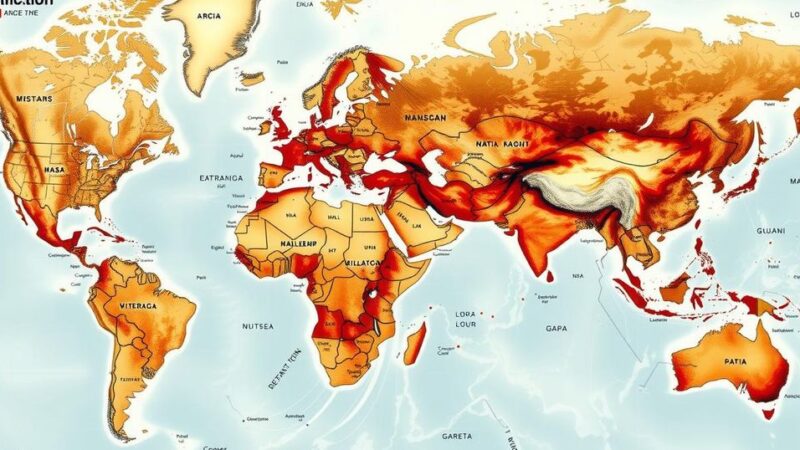Kuwait has raised the minimum marriage age to 18 in response to rising child marriage rates, with 1,145 underage marriages reported in 2024. Despite this progress, child marriage remains prevalent in the MENA region, fueled by conflict, cultural norms, and legal loopholes, significantly impacting the rights and futures of girls.
In an effort to combat child marriage, Kuwait has raised the minimum legal age of marriage to 18, responding to alarming statistics on underage marriages. In 2024 alone, Kuwait reported 1,145 underage marriages, comprising 1,079 girls and 66 boys. This change aligns with international obligations such as the Convention on the Rights of the Child, aiming to address the persistent issue of child marriages, particularly in conflict-affected areas throughout the Arab world.
The principles of numerous international treaties regard child marriage as a human rights violation that exacerbates gender inequality, primarily impacting girls. Hadeel Qazzaz, Oxfam’s gender coordinator, notes that child marriage restricts educational and employment opportunities for girls while posing significant risk to their future well-being and that of their families.
Research from Human Rights Watch highlights that underage brides are significantly more susceptible to violence, resulting in numerous adverse outcomes, including limited access to education and necessary healthcare. Reports indicate that approximately 70 percent of married girls aged 15 to 19 endure physical or emotional violence from their husbands.
The crisis extends to health, as complications from pregnancy and childbirth are among the leading causes of death in girls aged 15 to 19 in developing regions. Moreover, these responsibilities hinder educational pursuits, perpetuating cycles of poverty. Eliminating child marriage could boost GDP growth in developing countries, as suggested by a 2020 International Monetary Fund study.
Despite these assertions, child marriage remains pervasive in the Middle East and North Africa (MENA), particularly in conflict zones. UNICEF’s findings reveal an estimated 40 million child brides in the MENA region, with girls being married at a rate of approximately 700,000 annually.
Countries such as Yemen and Iraq face critical challenges due to legal gaps and societal norms contributing to child marriage. Recent amendments in Iraqi law have drawn criticism for permitting marriages as young as nine, undermining established protections. Additionally, in Yemen, the absence of a legal minimum age for marriage exacerbates the child marriage problem amidst ongoing conflict.
Displacement and conflict further strain the situation for girls in countries like Sudan and Syria, leading to increased rates of child marriage. In Syria, the rate of child marriage has risen sharply from 13 percent pre-conflict to approximately 41 percent today. Economic hardships and societal pressures are significant drivers of this trend.
Efforts to combat child marriage are ongoing, with organizations such as Oxfam collaborating with initiatives like Girls Not Brides to advocate for legislative and societal changes to protect girls’ rights. Programs aimed at raising awareness and advocating for policy changes are vital to reversing the trends of child marriage in the region.
In conclusion, the rise of child marriage in the Middle East, particularly in conflict-affected regions, underlines a pressing human rights issue. Kuwaiti reforms reflect growing awareness, yet significant challenges persist across the MENA region due to legal, societal, and economic factors. Ongoing efforts from international organizations are crucial to addressing these harmful practices and advocating for the rights and education of girls.
Original Source: www.arabnews.com






